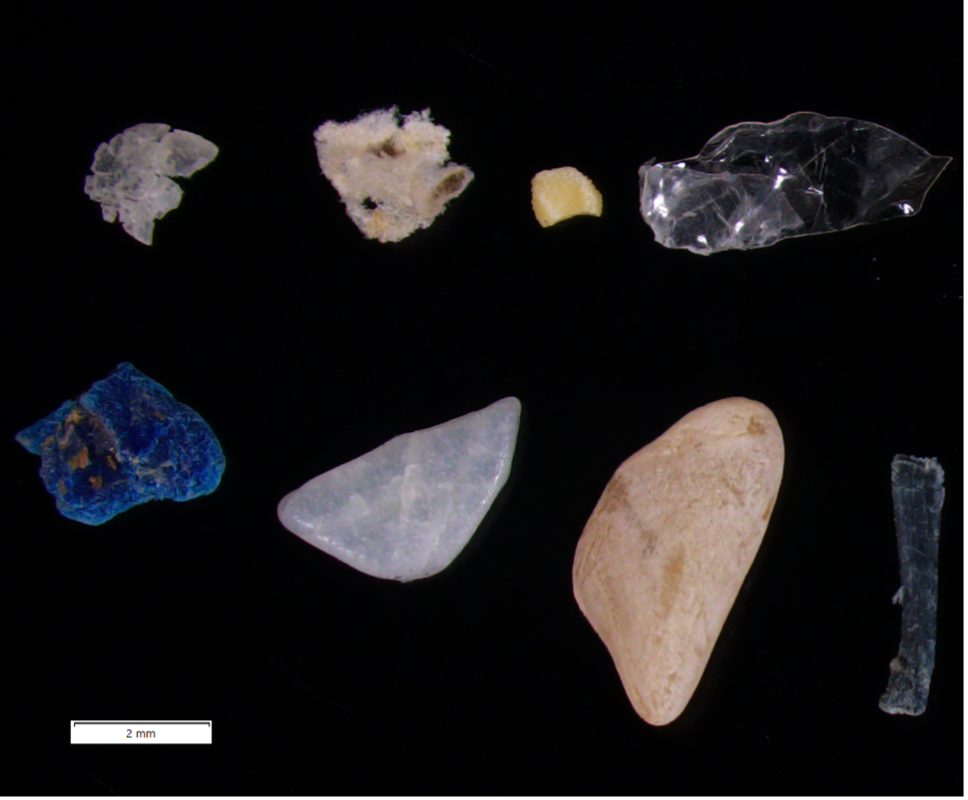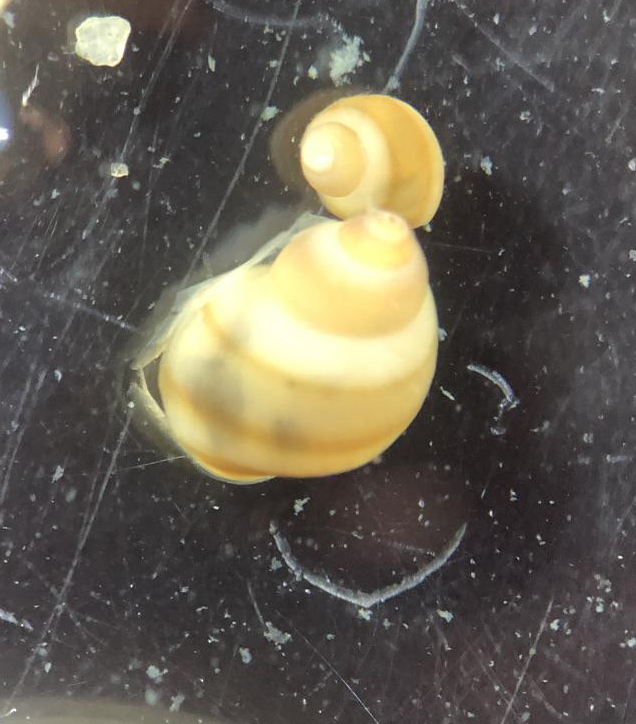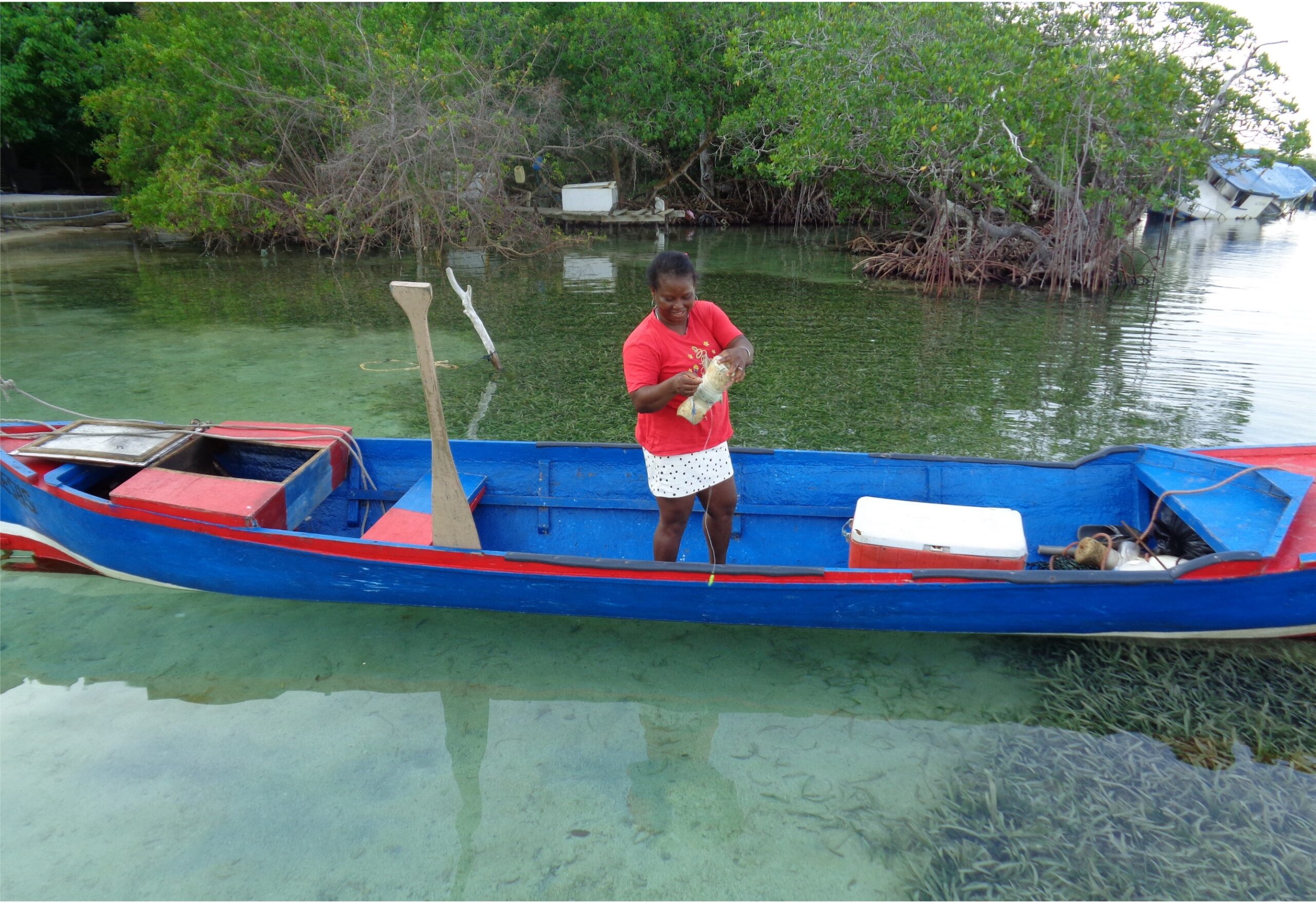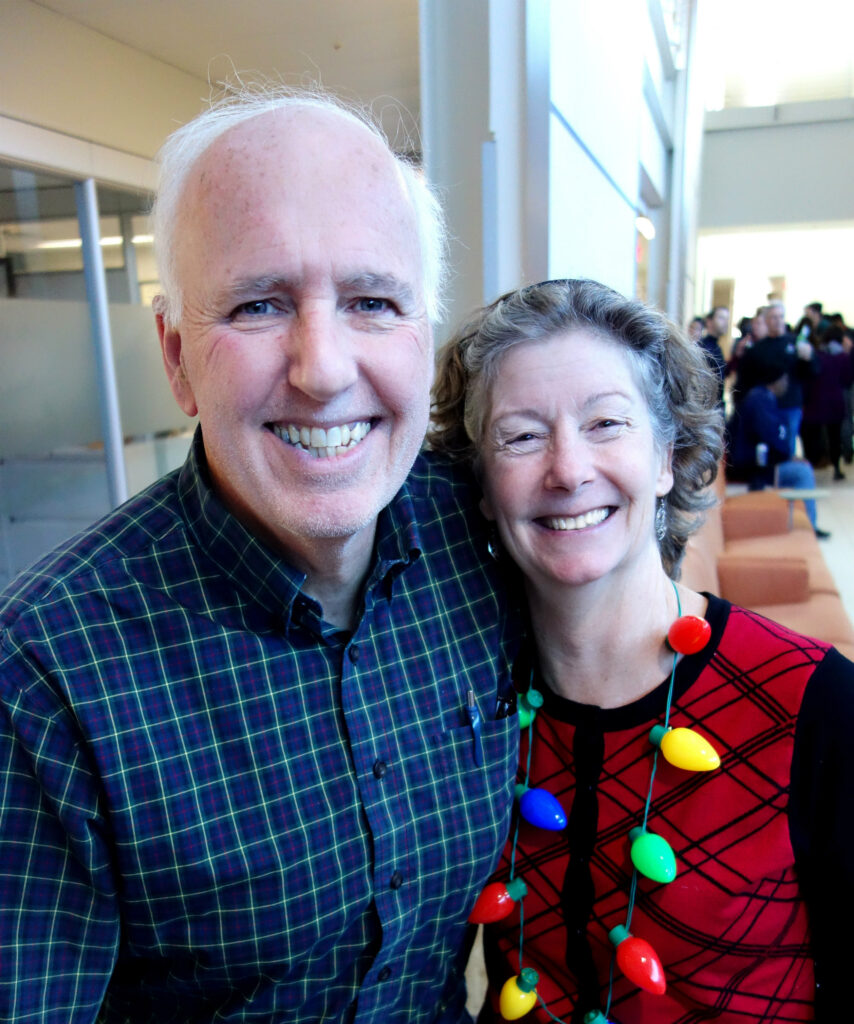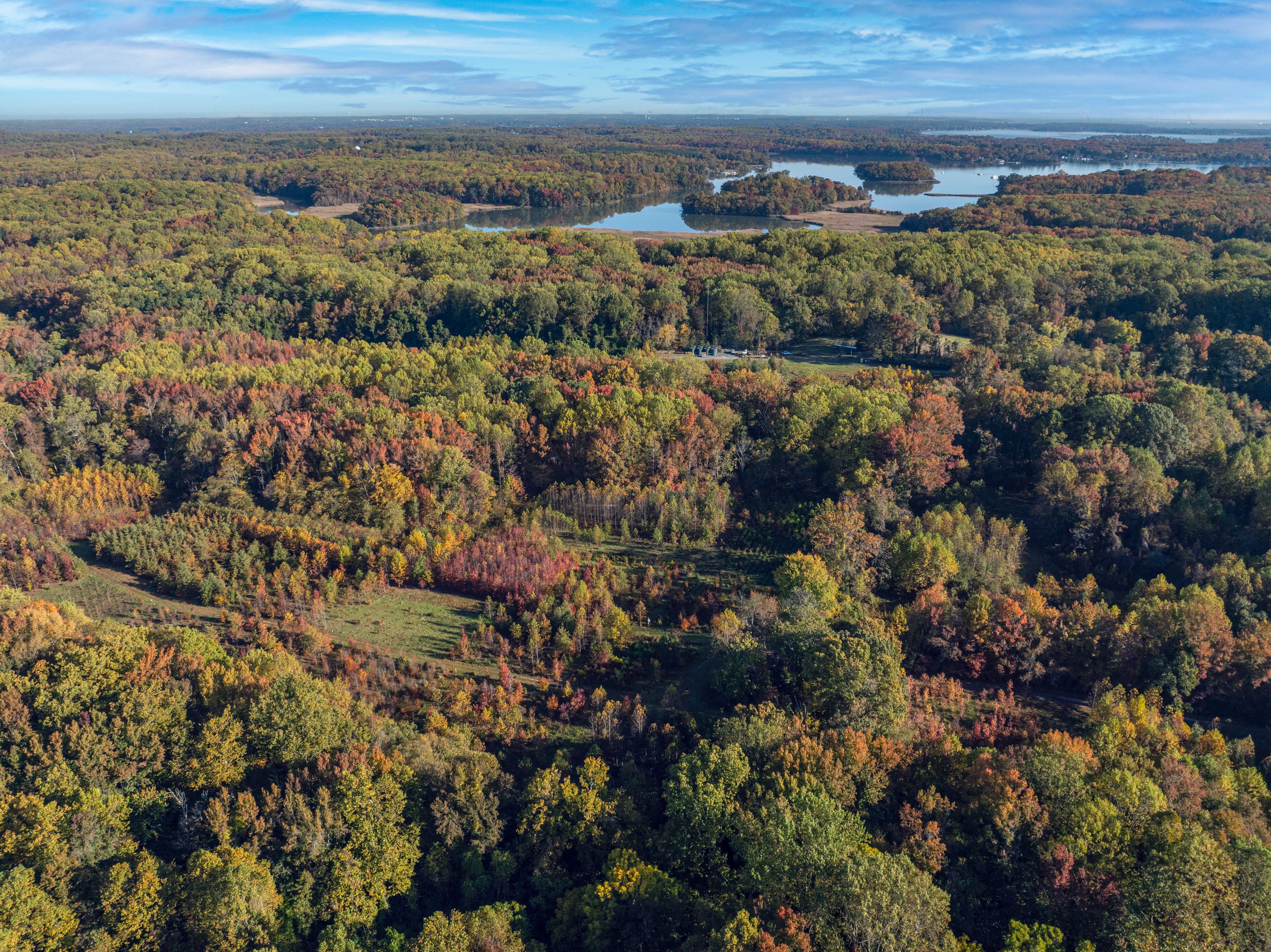by Erin Minor
As plastic pollution spreads to every corner of the world, concerns are rising about microplastics, smaller pieces of plastic even more difficult to see and track. Scientists estimate that microplastics (particles smaller than 5 millimeters) make up 92% of the plastic particles on the ocean surface. But what about below the surface?
Until recently, understanding microplastics below the ocean surface has been a glaring gap in marine pollution research. Most sampling happens at the ocean surface. However, complex ocean currents mean that a surface-level sample doesn’t necessarily represent the ocean as a whole.
In a new study coauthored by the Smithsonian, an international team compiled data from deep-water samples around the world to start filling in the blanks. Here are four things we know better now about microplastics underwater.
Click to continue »
